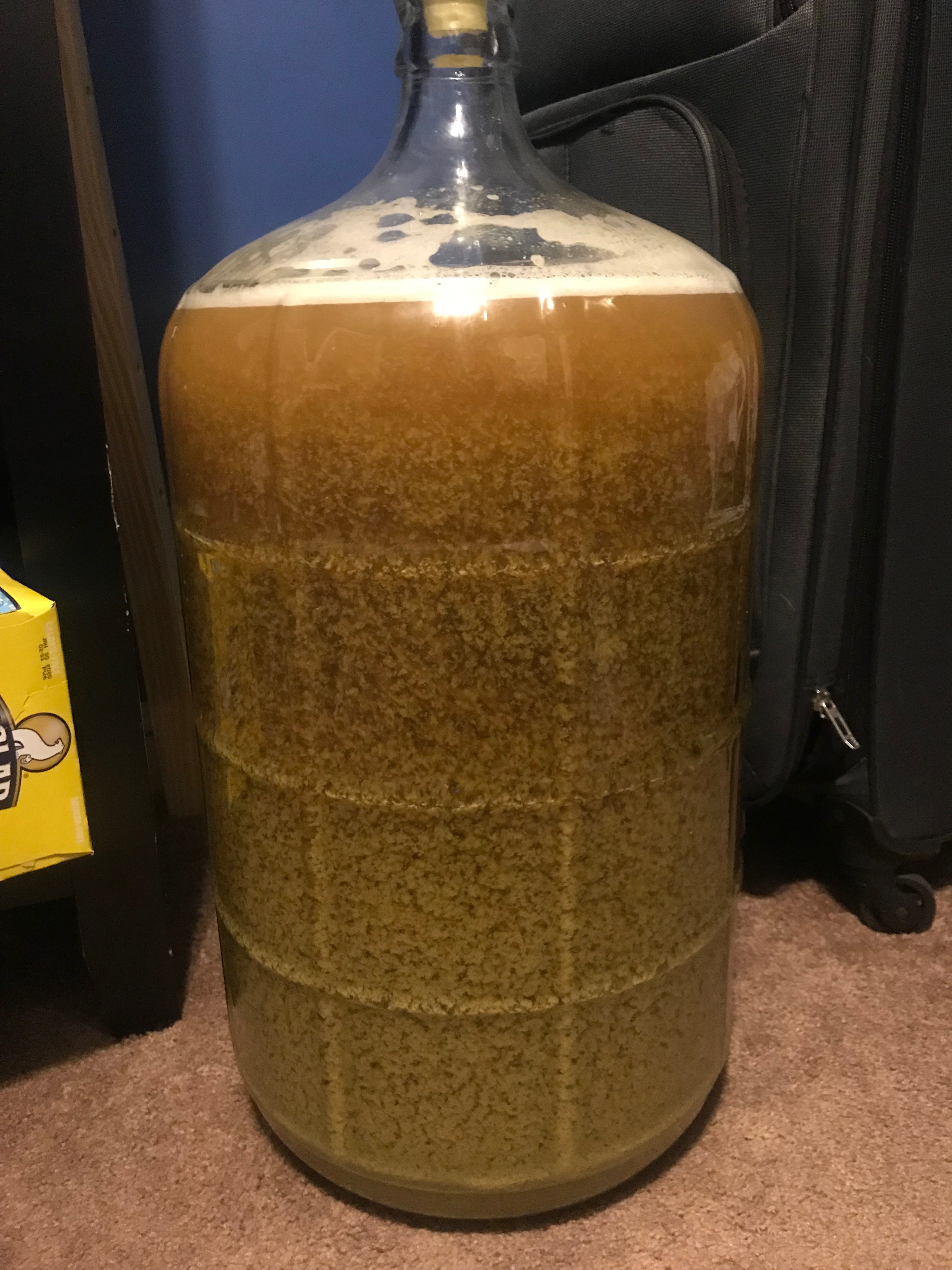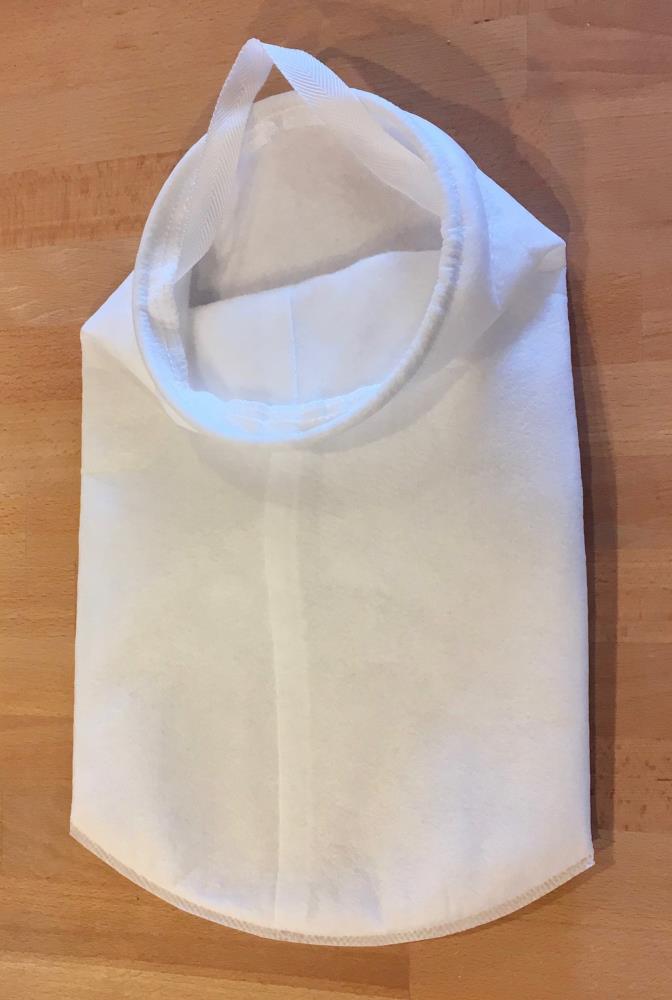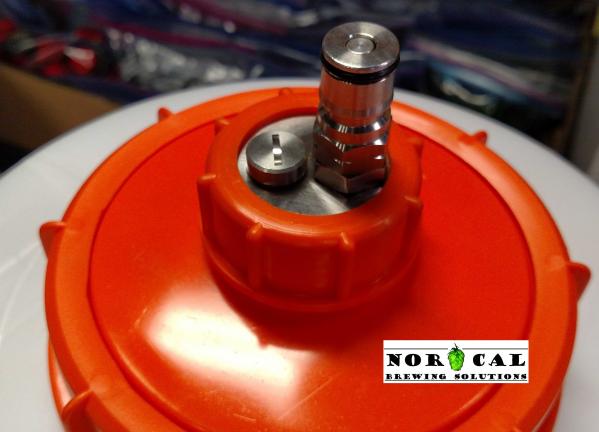cheesebach
Well-Known Member
- Joined
- Jun 27, 2014
- Messages
- 305
- Reaction score
- 86
I abandoned my autosiphon awhile ago. Not sure if it is important, but I could sometimes see a few very small bubbles going into the line. I am assuming it was coming from where the autosiphon inner tube gasket at the bottom seals inside of the outer tube. I am assuming some air was maybe pulling in around there or something. I just use a racking cane now and never see any bubbles. How do I start the flow? If I use pressure, that is easy, if I am not using pressure, I just suck on the end of the line and then hook up my QD and purge the first few mLs then fill through the out post.
I may not have been clear in my previous post, but the only time I use my autosiphon is when going from the BK to the fermenter. I'm about to intentionally introduce oxygen to the wort anyways at that point, so bubbles or not, I don't pay any attention to it, so long as the flow doesn't stop.
It seems to me that it is inevitable that flavor will drop off if you are starting with pretty cloudy beer in the keg. It's going to drop hop particles and yeast to the bottom of the keg, which works fine at first as you drink it but then it's going to reach a point where you're leaving more and more stuff on the bottom where it won't be picked up. I have been experiencing this with my kegs I serve using the CBDS from primary. They start out great and then can go through a kind of mediocre phase then if I serve a bunch they go back into a hazier more flavorful phase as I reach the bottom of the keg and star draining more from the bottom. I'm going to start trying to transfer from my primary kegs to a purged secondary with a dip tube and see if that helps.
If you took two cans of whatever delicious NEIPA of your choice and aged them for a couple months, you'd probably find that if you carefully pour off one and mix the other one, that the mixed one will be much much hazier and more flavorful.
I agree that this is probably a significant factor. Maybe this is actually one area where bottling/canning actually has the upper hand? It's a lot easier to swirl a can a couple minutes before you open it to mix everything up, but doing this with a keg everyday would get old pretty quick. Time for SS brewtech to invent the NEIPA keg SShaker??
I believe I get pretty clean beer transferred to my serving keg. I cold crash under pressure below serving temps for 24-48 hours, don't open the fermenter after crashing so there isn't any racking cane or rotating pickup tube that could rouse up sediment, discard the first pint for a FG sample, and use a stainless steel filter around my dip tube to keep out any hop material that still hasn't dropped after crashing.
With a standard dip tube in the serving keg, it seems the beer with the strongest hop character is going to be at the beginning, clearing up and losing some hop character as you go. With a CBDS, it might seem that it would be a little more consistent, but it doesn't sound like that is necessarily the case in your experience.
I've been thinking about getting the HopStopper 2.0 however does anyone have it on something like the Blichman BrewEasy? I have a similiar 2 Vessel system and worried about the small amount of grain that would be left in the kettle when beginning recirculation.
This is probably the biggest thing that's held me back from getting the Unibrau V3. It seems that it tends to leave behind small pieces of grain after removing the mash basket (probably since it doesn't come with any pickup tube, so whatever falls to the bottom may not get recirculated back on top). I assume adding a pickup tube and filter would only make things worse from that perspective.


























![Craft A Brew - Safale BE-256 Yeast - Fermentis - Belgian Ale Dry Yeast - For Belgian & Strong Ales - Ingredients for Home Brewing - Beer Making Supplies - [3 Pack]](https://m.media-amazon.com/images/I/51bcKEwQmWL._SL500_.jpg)



































